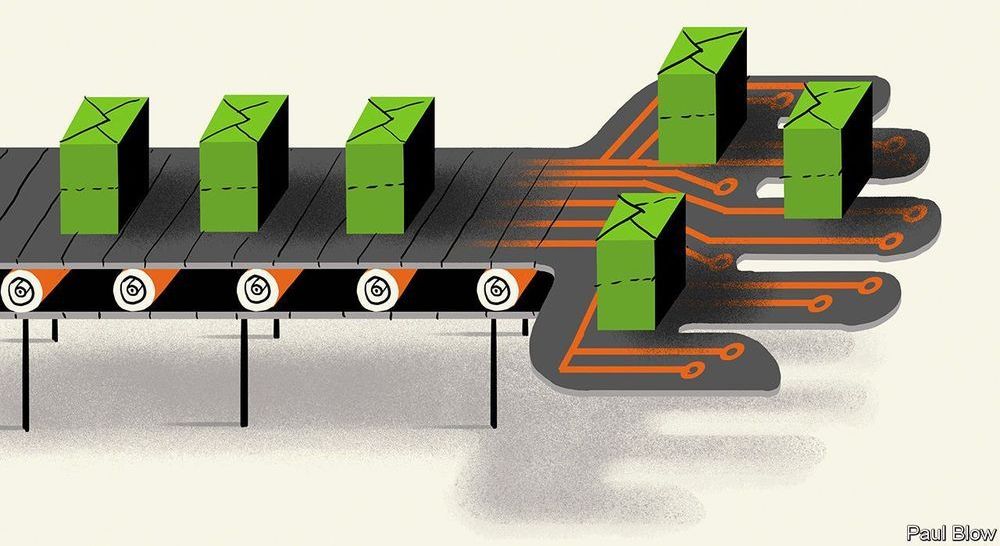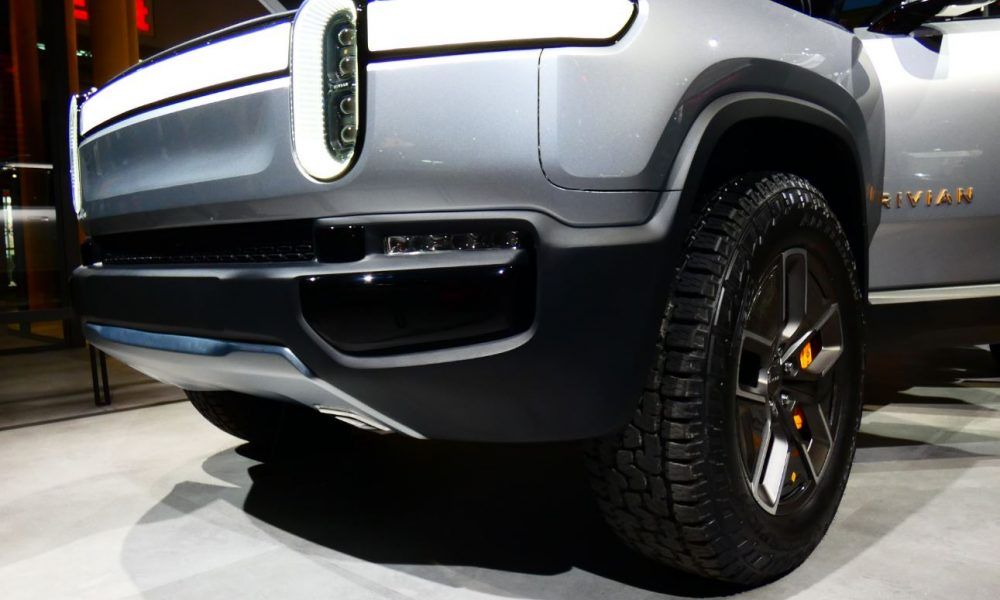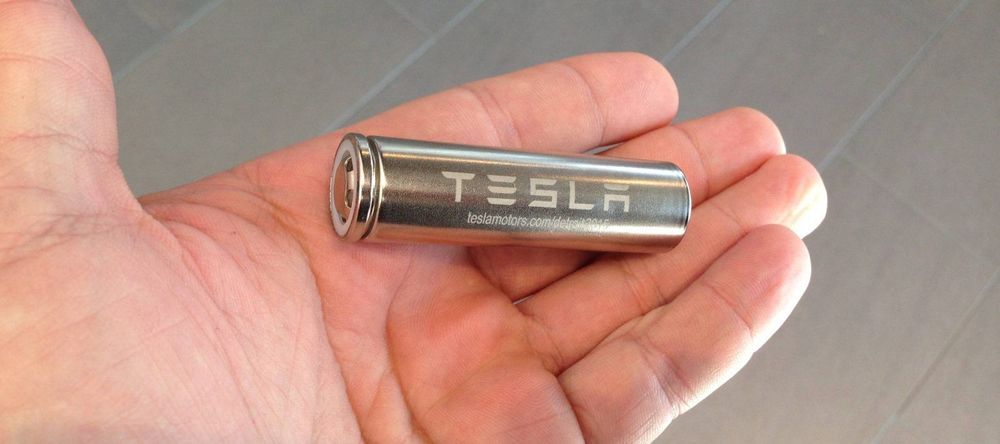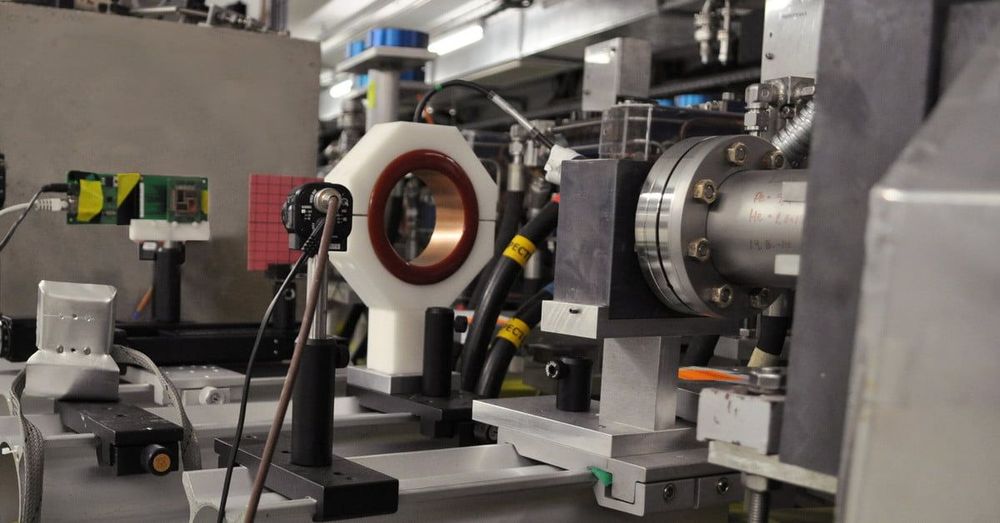The second half of humanity is joining the internet. People in countries like India will change the internet, and it will change them. Read more from The Economist here: https://econ.st/2zVWeQQ
Click here to subscribe to The Economist on YouTube: https://econ.st/2xvTKdy
L.O. Two simple letters that marked one of the biggest changes in human history. In 1969 programmers were trying to type “login”.
50 years later and half the world is now online. But that half is primarily from the rich world. How will the second half of humanity coming online change the internet and how will the internet change them?
India’s internet penetration was pretty low until very recently with the launch of a new mobile network called Reliance Jio, with incredibly cheap phones and incredibly cheap data prices. Reliance Jio launched aggressively in 2016 offering subsidised handsets and free data to hook people in. India went from being a relatively expensive place to consume data to being the cheapest in the world. Prices crashed by 94%
Newer users in the developing world are browsing the internet in much the same way as people in the developed world.









